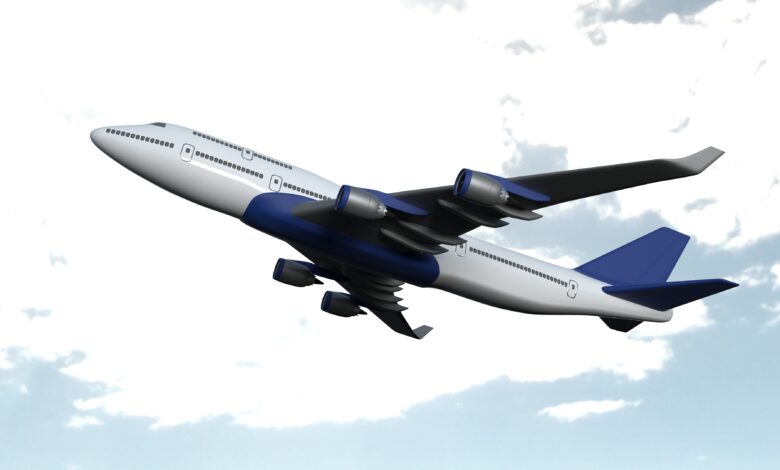Climate Change and Turbulence: Unveiling the Connection Behind Bumpy Flights

Explore the intriguing relationship between climate change and turbulent flights in our informative blog. Discover how environmental shifts impact air travel and gain insight into the connection behind those bumpy rides.
The experience of turbulence during flights is often associated with a mix of excitement and anxiety for passengers. However, recent research has uncovered a disturbing connection between climate change and turbulence, revealing that the warming atmosphere is making the skies bumpier and more hazardous for air travel. In a study published in Geophysical Research Letters, Dr. Mark Prosser, a meteorologist at the University of Reading, sheds light on this growing concern. Let’s dive into the fascinating details and explore how climate change is affecting the aviation industry.
The Growing Impact of Turbulence
Turbulence, those sudden jolts and bumps experienced mid-air, not only disrupts the comfort of passengers but also poses risks to their safety. According to Dr. Prosser, turbulence costs the aviation industry a staggering amount, ranging from US$150 million to US$500 million annually in the United States alone. The additional wear and tear on aircraft, coupled with the potential for injuries to passengers and flight attendants, underscores the gravity of this issue.
Global Trends in Turbulence
Analyzing data collected over the past four decades, Dr. Prosser’s study reveals a startling reality. The skies today are approximately 55% rougher than they were in the 1970s, leading to increased turbulence-related incidents. This trend is particularly prominent over the North Atlantic, one of the busiest flight routes in the world. However, other major flight routes across the US, Europe, the Middle East, and the South Atlantic have also witnessed a significant rise in turbulence.
The Nature of Clear-Air Turbulence
One of the most challenging aspects of turbulence, particularly clear-air turbulence, is its elusive nature. Clear-air turbulence refers to turbulent pockets in the atmosphere that are difficult to detect using conventional tools employed in the aviation sector. Unlike turbulence caused by storms, clear-air turbulence cannot be easily picked up on the radar, making it hard to predict and avoid. This localized and invisible hazard poses a significant threat to the safety of flights.
Climate Change as the Culprit
Previous research has established a clear link between climate change and the increase in turbulence. The warming of the planet due to greenhouse gas emissions has resulted in warmer air, which, in turn, has disrupted the jet streams. Jet streams are high-altitude wind belts that play a crucial role in global weather patterns. The warming air has led to an increase in wind shear, involving changes in wind speed and direction. These changes pose significant risks to aircraft, contributing to the prevalence of turbulence.
The Evidence Speaks
To solidify the connection between climate change and turbulence, Dr. Prosser and his colleagues conducted a comprehensive analysis of 40 years’ worth of atmospheric data. Going beyond previous studies, they examined clear-air turbulence in 21 different ways, creating the most detailed picture to date. Their findings paint a worrisome scenario. Total annual severe clear-air turbulence over the North Atlantic has increased by 55%, from 17.7 hours in 1979 to 27.4 hours in 2020. Moderate turbulence rose by 37%, and light turbulence increased by 17%. These numbers provide compelling evidence that turbulence is on the rise.
Preparing for the Future
Armed with this newfound understanding, it is crucial to invest in improved turbulence forecasting and detection systems. By developing advanced technologies, we can prevent rough air conditions from translating into bumpier flights in the coming decades. Such investments are essential to ensure the safety and comfort of passengers and the sustainability of the aviation industry.
The Bottomline
Climate change has unveiled a hidden connection between the environment and air travel, revealing the unsettling rise of turbulence in our skies. As the atmosphere warms, turbulence becomes more frequent and severe, costing the aviation industry millions of dollars and posing risks to passengers and crew members. Recognizing the impact of clear-air turbulence and its close association with climate change, it is imperative to take proactive measures. By investing in improved forecasting and detection systems, we can mitigate the risks and provide a smoother journey for passengers in the turbulent skies of the future. Let us work together to ensure safe and enjoyable flights for everyone, even in the face of a changing climate.




